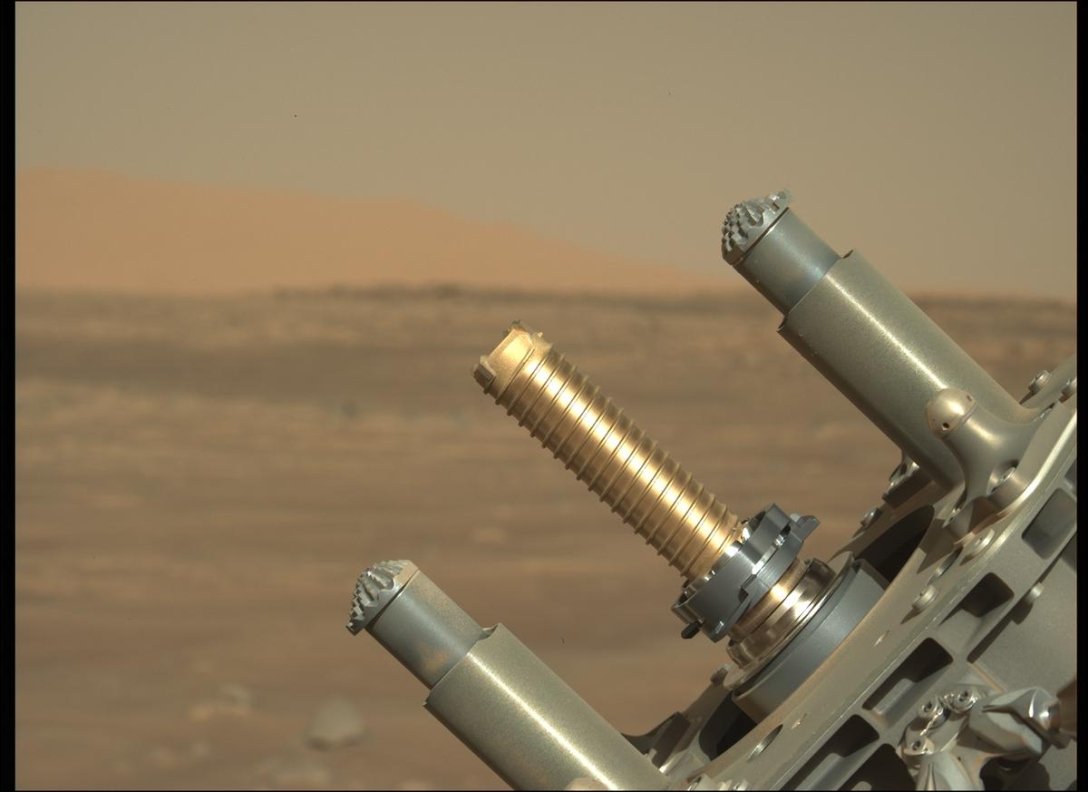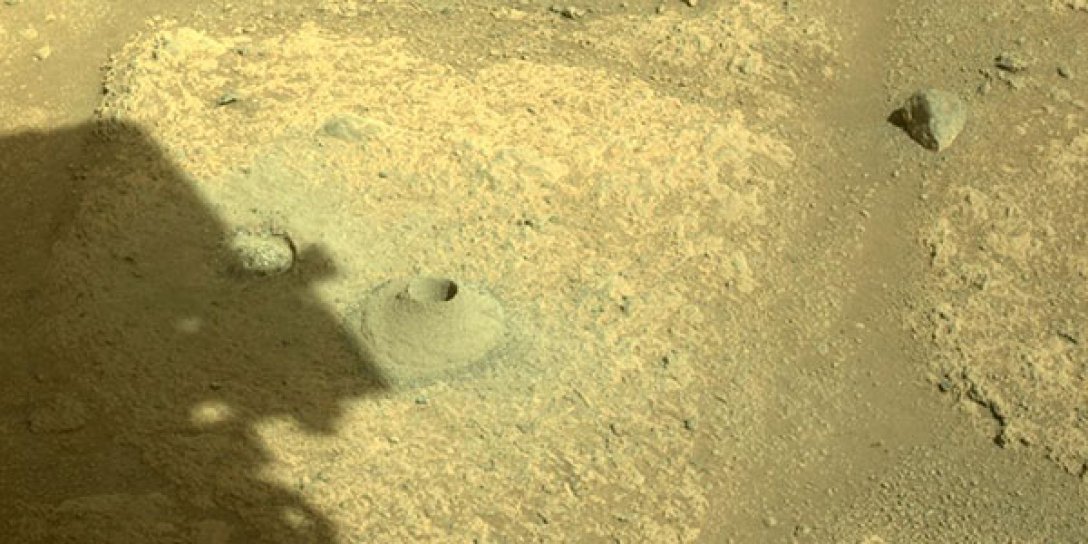
The spacecraft found Martian rocks with the highest concentration of organic matter of any discovered.
Scientists from the Perseverance rover team presented another major report on the spacecraft’s work on Mars. The rover was able to collect rock samples from one of the best places to look for ancient life on the Red Planet, they said. Some samples contain the highest concentration of organic substances, which are the building blocks for life, ever found on Mars, writes ScienceAlert.
According to Perseverance team scientist Ken Farley, the rover has already collected 12 samples of Martian rocks. There are a total of 43 containers for filling with samples on board the device, but 38 of them must be filled. Although scientists assume that the rover may collect even fewer samples of Martian soil in the next few years. In any case, a few of the most valuable samples will go to Earth and arrive at our planet no earlier than 2033.

The Perseverance rover has already collected 12 samples of Martian rocks. A total of 43 containers for filling with samples are on board, but 38 of them must be filled
Photo: NASA
‘In the delta of an ancient river, in the crater Lake, the rover discovered rocks with the largest amount of organic matter. Such an amount has not been found by the device before. Organic molecules are the building blocks for life, and these rocks are found somewhere where conditions were once suitable for life.’ – says Farley.
Scientists believe that a few billion years ago there was a lake of liquid water in the Jezero crater, which was connected to the delta of an ancient river. The Perseverance rover is currently studying sedimentary rocks that once formed in an aqueous environment.
‘With the help of its instruments, the rover discovered rocks that contain very interesting organic compounds. Analysis showed that the discovered samples contain the type of organic molecules that are associated with molecules of sulfate minerals. These sulfates can provide important information about the water environment in which they formed. When water evaporated on Mars, sulfates and organics were deposited, stored, and concentrated in the area. I think the rover is where the signs of life might be,’ says Sunanda Sharma of the Perseverance team.

In the delta of an ancient river, in the crater Lake, the rover discovered rocks with the largest amount of organic substances
Photo: NASA
According to scientists, organic molecules are made up of various compounds, which are mainly composed of carbon, and usually include hydrogen and oxygen atoms. They may also contain other elements such as nitrogen, phosphorus, and sulphur.
Although there are chemical processes that produce these molecules, and they are not related to the activities of living organisms, some of these compounds are nevertheless the chemical building blocks of life.
‘The fact that such organic compounds are present in these rocks may be a sign of the existence of life on Mars in the distant past. But, of course, they could have been created without living beings,’ says Farley.
Scientists will be able to find out exactly whether the samples collected by the rover contain signs of ancient life or life itself only after 10 years. And for at least another 5-6 years, the rover will continue its research on Mars and collecting new samples.

